French Cooking + Fitness
Julia Child once said, “with enough butter, anything is good.” I’m sure if we lived parallel lifetimes, we would bond over our love of this flavoursome fat.
Via YouTube, Jacques Pépin taught me how to make an omelette. With only three ingredients, eggs, butter and chives — who knew something so simple could be so difficult to master.
French influence in our culinary and balletic approach to exercise are everywhere. Locally, it was reminiscing about a dinner at a local French restaurant — Artisanale, that leavens the theme for this week’s newsletter.
A few years ago, dining al fresco with friends, I remember enjoying a perfectly roasted chicken breast accompanied with squared carrots and potatoes matching in size. Simple ingredients, arranged beautifully, executed brilliantly. These are the same aspirations we have for our own fitness routines, and for those of our students.
So, is French cooking easy or hard? Is fitness easy or hard? As usual, the answer is — it depends. Exercise doesn’t have to always be hot and sweaty, and while Haute cuisine may provide the at-home chef unique challenges to reduce sauces to sublimity, or plate to perfection — other forms of regional French cooking may be more simple — as long as the kitchen is equipped with few essential tools, and the aspiring chef with simple cooking techniques.
Paralleling the incredible demands of fine dining and Haute cuisine — in fitness, there are also over the top presentations of ability and achievement. However, with modest equipment and good information — simple, nourishing and repeatable exercises are achievable in a specialized three-starred-gym, an outdoor park, or when training in your own home.
Lifestyle Tip: When travelling to Paris, France —be sure to stop at Du Pain et des Idées for some of the world’s best patisserie. Pictured here, in Le Marais — Ian with his favourite pistachio and chocolate escargot.
3-Ps of French Cooking + Fitness
Patience — Have you ever tried to make a béchamel sauce? Or how about balancing on your toes. While most people won’t be able to do either with their eyes closed, working on simple skills requires a patient approach to enjoy delicate or delectable outcomes later.
Practice — Making the same thing in the kitchen and doing the same thing in the gym isn’t boring — it is how we learn and get better at the process. Adjusting the temperature on the stovetop ensures that sauces won’t scald or scramble. Scaling back your workout routine to find what is just enough stress and effort to help you achieve your wellness goals is a worthwhile pursuit to work-on when working-out.
Polish — In the kitchen, start with the rough chop. Then, learn to square dice or julienne. In fitness and recreational pursuits, start to walk, before you run. Then, when you up and running, and most importantly — enjoying the pursuit — assemble the skills to be graceful, become more efficient in order to keep progressing your workouts for fun and fitness.
Like sharp knives, or shiny new sauce pans, investing in new training tools may help to keep things fresh — but for safety and sustainability, focus on how you handle the blade in the kitchen, and practice the basics in the gym to make significant gains in your culinary or calisthenic pursuits — no fancy or French sounding ingredients or techniques required. However, pliés still sound more appetizing than squats.
Take care. Stay strong, and let’s train soon,
Ian and Lauryn


